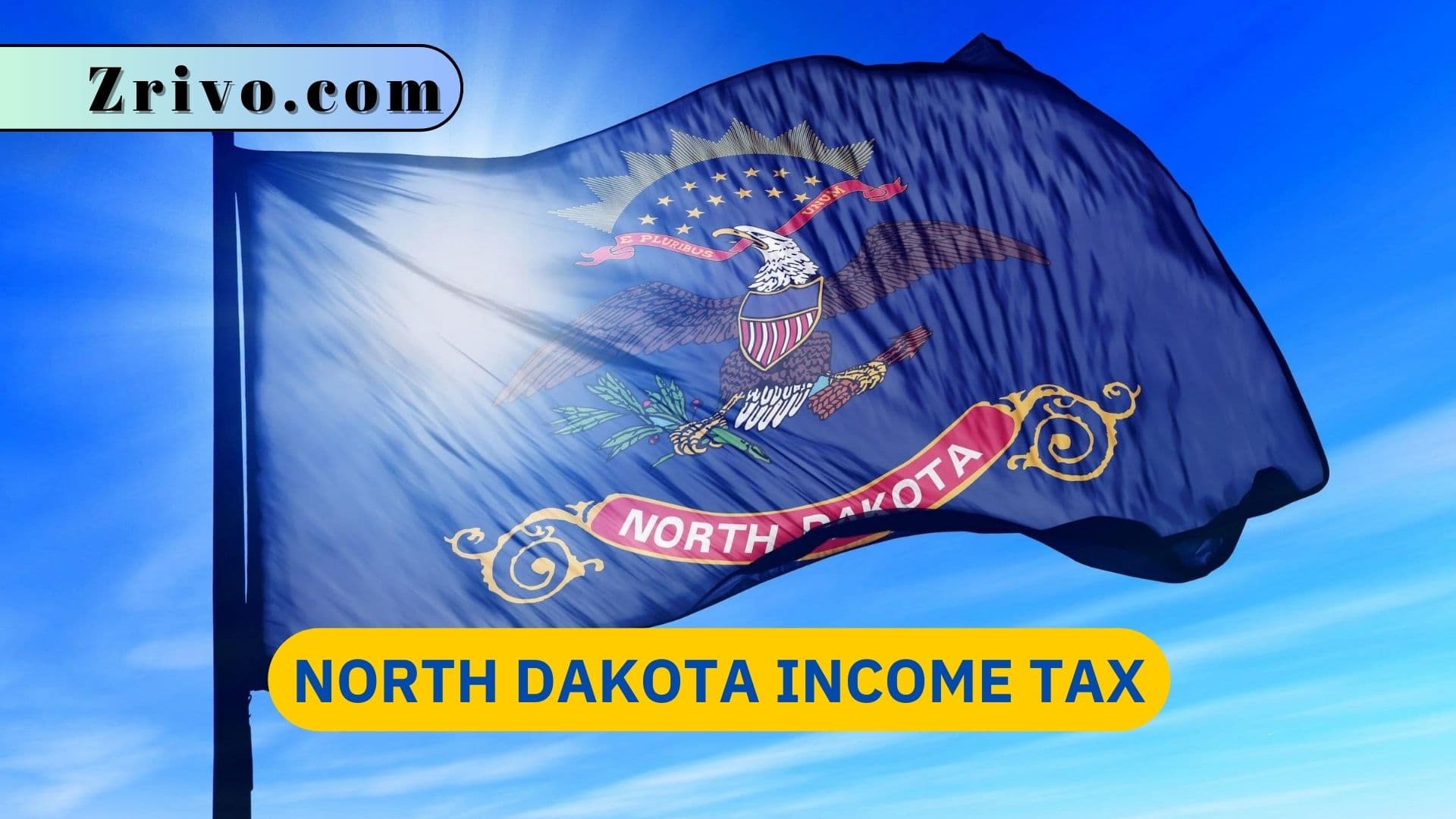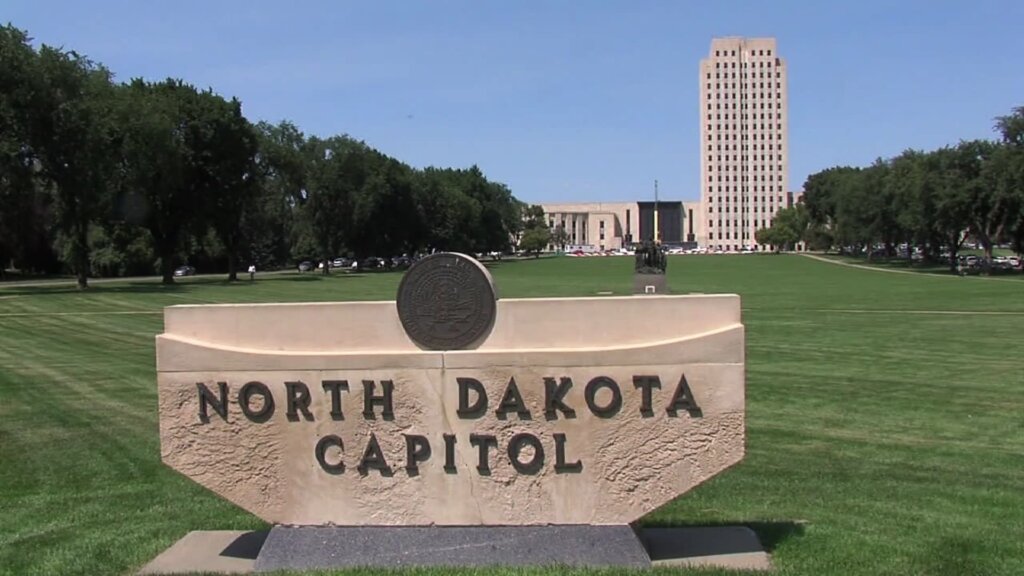
North Dakota has a progressive state income tax, meaning higher earners pay more taxes. The top marginal rate is 2.9%, but only those earning above $433,200 will reach that bracket. The state also has different tax brackets for married couples and individuals filing separately. Employees can find their state tax rate using the ND Income Tax Calculator. The calculator considers federal, state, and local withholdings and other deductions, including court-ordered wage garnishments and child support.
In addition to state income tax, North Dakota has a social security insurance (UI) tax that pays for unemployment benefits. UI is funded by mandatory payroll deductions that are collected on all wages. The UI tax is overseen by Job Service North Dakota, and employers can file contributions and wage reports electronically through the ND UI EASY system. In addition, employees can view their filing status and file information returns through the ND TAP system. Other changes to the North Dakota income tax law include new credits for contributions to nonprofit private schools and the Myron G. Nelson Fund and new deductions for highway patrol retirement benefits and investment in a venture capital corporation.
How to File North Dakota Income Tax?
Filing online with North Dakota is easy, and the state participates in the IRS’s Federal/State Modernized E-File program. This allows taxpayers to file their federal and state returns at the same time, using the same information. In addition, taxpayers can choose to have their refunds electronically deposited into their bank accounts when filing. Individuals can e-file their North Dakota returns, as well as S Corporation (Form 40), Partnership (Form 58), and Fiduciary (Form 38) returns. Amended returns, however, must be filed by paper. A financial advisor can help you understand how taxes fit into your overall financial goals.

How to Pay North Dakota Income Tax?
Paying your North Dakota income tax involves choosing a payment method and utilizing the appropriate channels. Here are your options:
- ND TAP (North Dakota Taxpayer Access Point): This is the recommended and most convenient method for both individual and business taxpayers. You can electronically file your return, make payments, check your refund status, and manage your account all in one place. Signing up is free and secure: https://www.tax.nd.gov/individual
- Direct Online Payment via Bank Account: If you don’t have ND TAP, you can still directly pay through OKTAP (Online Kansas Tax Payment). You’ll need your Social Security number or taxpayer ID and bank account information: https://www.tax.nd.gov/e-filing-free-filing
- Credit or Debit Card Payment: Online payments can also be made with credit or debit cards (convenience fees may apply). Use either ND TAP or OKTAP for this option.
- Check or Money Order: Send a check or money order with a completed Form ND-1V (Individual Income Tax Voucher) to the North Dakota Office of State Tax Commissioner. Remember to use a U.S. or Canadian bank check in USD and include your Social Security number or taxpayer ID. Download the form here: https://www.tax.nd.gov/sites/www/files/documents/forms/individual/2021-iit/form-nd-1-2021.pdf
North Dakota Income Tax Exemption
North Dakota has several income tax deductions and exemptions that can help ease the burden on taxpayers. For example, the state allows for a standard deduction that reduces the amount of taxable income. The state also exempts some dividends, interest, and royalty payments that are included in federal taxable income. The state also exempts certain amounts of income from an Indian reservation, such as unemployment, sick pay, and railroad retirement benefits.